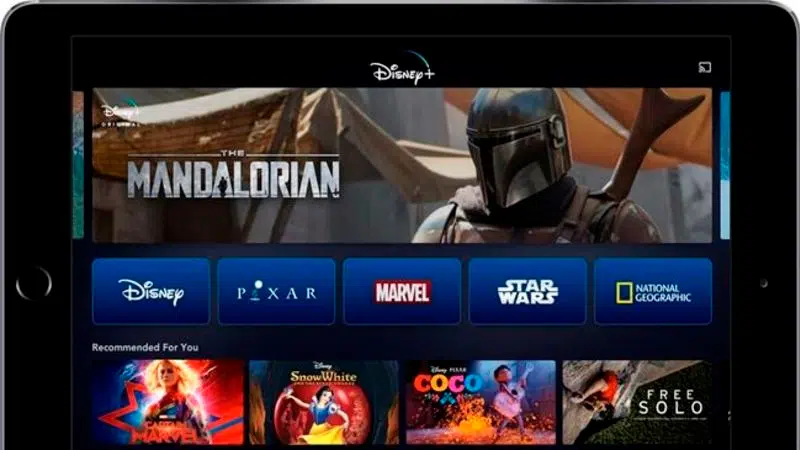
Disney unveils new streaming service to debut late this year
SAN FRANCISCO — Disney raised the curtain on a hotly anticipated video steaming service that’s aiming to topple industry pioneer Netflix, once a valuable ally of the Magic Kingdom.
The service, called Disney Plus, has been in the works for more than year, but Thursday marked the first time that the longtime entertainment powerhouse has laid out plans for its attack on Netflix and a formidable cast of competitors, including Amazon, HBO Go and Showtime Anytime.
Disney Plus will roll out in the U.S. on November 12 at a price of $6.99 per month, or $69.99 per year. That’s well below the $13 monthly fee Netflix charges for its most popular streaming plan, signalling Disney’s determination to woo subscribers as it vies to become a major player in a field that has turned “binge watching” into a common ritual.
